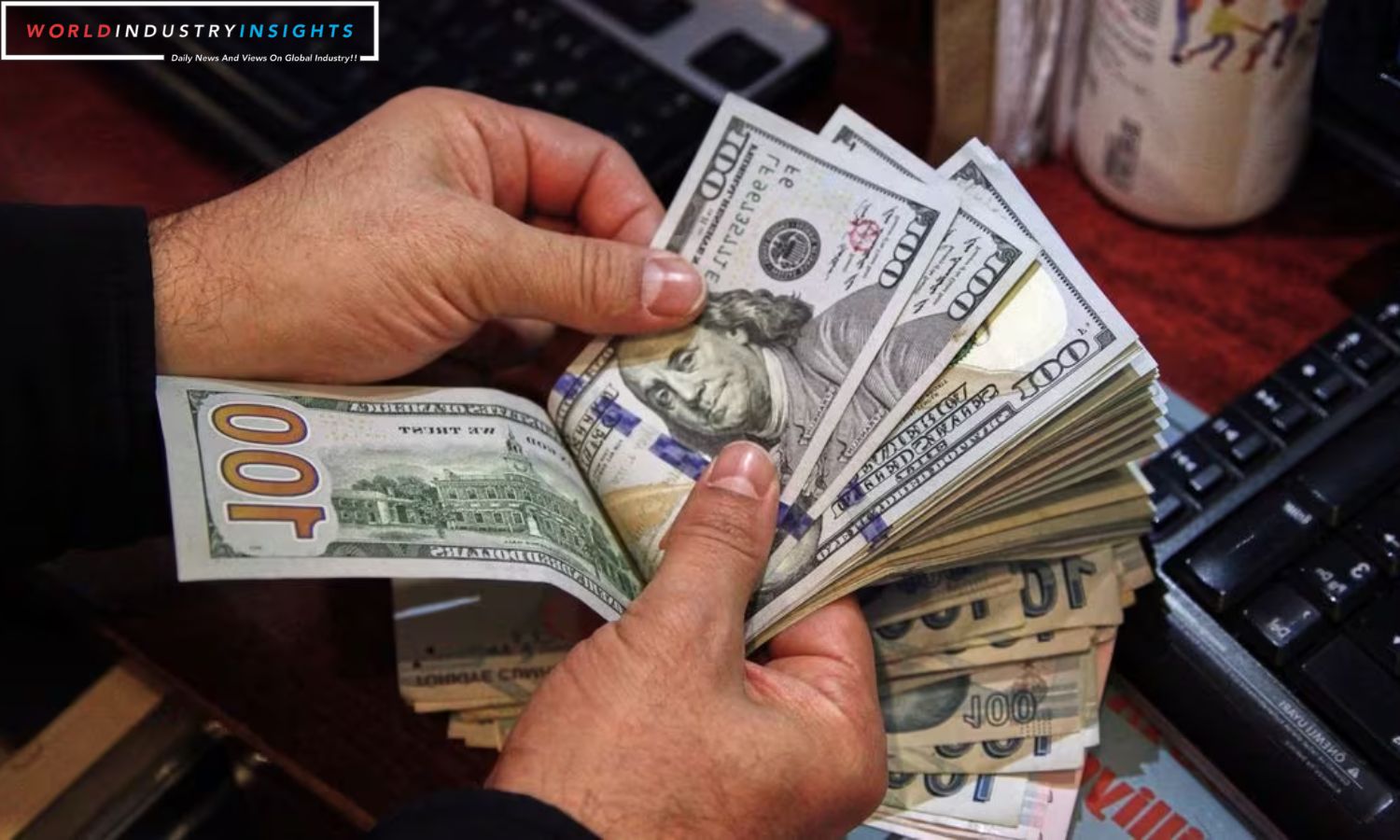Euro Dive and Yen Soaring: The euro found itself on shaky ground, edging close to a three-week low on Thursday, propelled by growing expectations that the European Central Bank (ECB) might embark on an early rate cut, potentially as soon as March. In tandem with this, the yen experienced a robust one-day surge, marking its most significant gain against the dollar since January.
The euro is currently navigating towards its most substantial weekly decline since May, driven by a significant recalibration of interest rate expectations for the year 2024. Traders are recalculating their positions amid concerns about falling inflation, economic slowdowns in key economies like Germany, and softness in labor markets. These factors have led to a consensus that rates could dip to 3.0%, down from the current 4%, by September. Such a repricing has resulted in the euro hitting multi-year lows against the Swiss franc and three-month lows against the pound this week.
The impending meeting of the ECB in December has become a focal point, with market participants eagerly awaiting any signals about potential rate cuts in 2024. Francois Villeroy de Galhau, an ECB member and the head of the Bank of France, suggested in an interview that the rapid disinflation pace might warrant consideration for a rate cut.
Also Read: Euro Zone Inflation Tango: ECBs Resilience Meets Investor Skepticism
Simultaneously, the yen has emerged as a star performer in the currency market. Rising more than 1% against the dollar, it reached its strongest position in three months. Speculation is rife that the Bank of Japan (BOJ) might soon indicate a departure from its long-standing ultra-low rate policy. BOJ Governor Kazuo Ueda’s comments about targeting interest rates once short-term borrowing costs exit negative territory have added fuel to this speculation.
The dollar, facing a 1.3% decline against the yen, reflects the market’s positioning. Traders, heavily short on the yen, are anticipating the termination of negative rates in 2024. The dollar index, after a 3% dip last month, hovered around 103.87, not far from a two-week high. The upcoming focus is on Friday’s U.S. non-farm payrolls, with the latest job data indicating a softening labor market. Futures markets suggest a 60% probability of a rate cut by March, up from 50% a week ago.
In this dynamic currency market, where global economic uncertainties cast a long shadow, the responses to central bank signals and economic data remain highly responsive and continue to shape the direction of major currencies.
Our Reader’s Queries
How much is 1000 yen in japan?
Looking to convert Japanese Yen to US Dollars? Here are the current exchange rates: 1,000 JPY equals 6.89 USD, 2,500 JPY equals 17.22 USD, 5,000 JPY equals 34.45 USD, and 10,000 JPY equals 68.91 USD. Use these rates to easily calculate your currency exchange.
What does the Japanese word yen mean?
The term “yen” refers to a circular or round object. In 1871, the Meiji government officially adopted this currency through the “New Currency Act” to stabilize the monetary situation in Japan.
Why is the yen so stable?
Safe haven currencies are usually issued by economically strong and politically stable countries. The U.S. dollar, Swiss franc, and Japanese yen are popular choices due to their high liquidity and stable political systems. These currencies are considered safe investments during times of economic uncertainty.
What does the Japanese yen look like?
The Yen (¥) is the official currency of Japan, and it is comprised of six coins: ¥1, ¥5, ¥10, ¥50, ¥100, and ¥500. These coins are widely used in Japan and are easily recognizable by their unique design and denomination. Whether you’re a local or a tourist, understanding the Japanese currency is essential for navigating the country’s economy and making purchases. So, next time you’re in Japan, be sure to familiarize yourself with the Yen and its various denominations.


